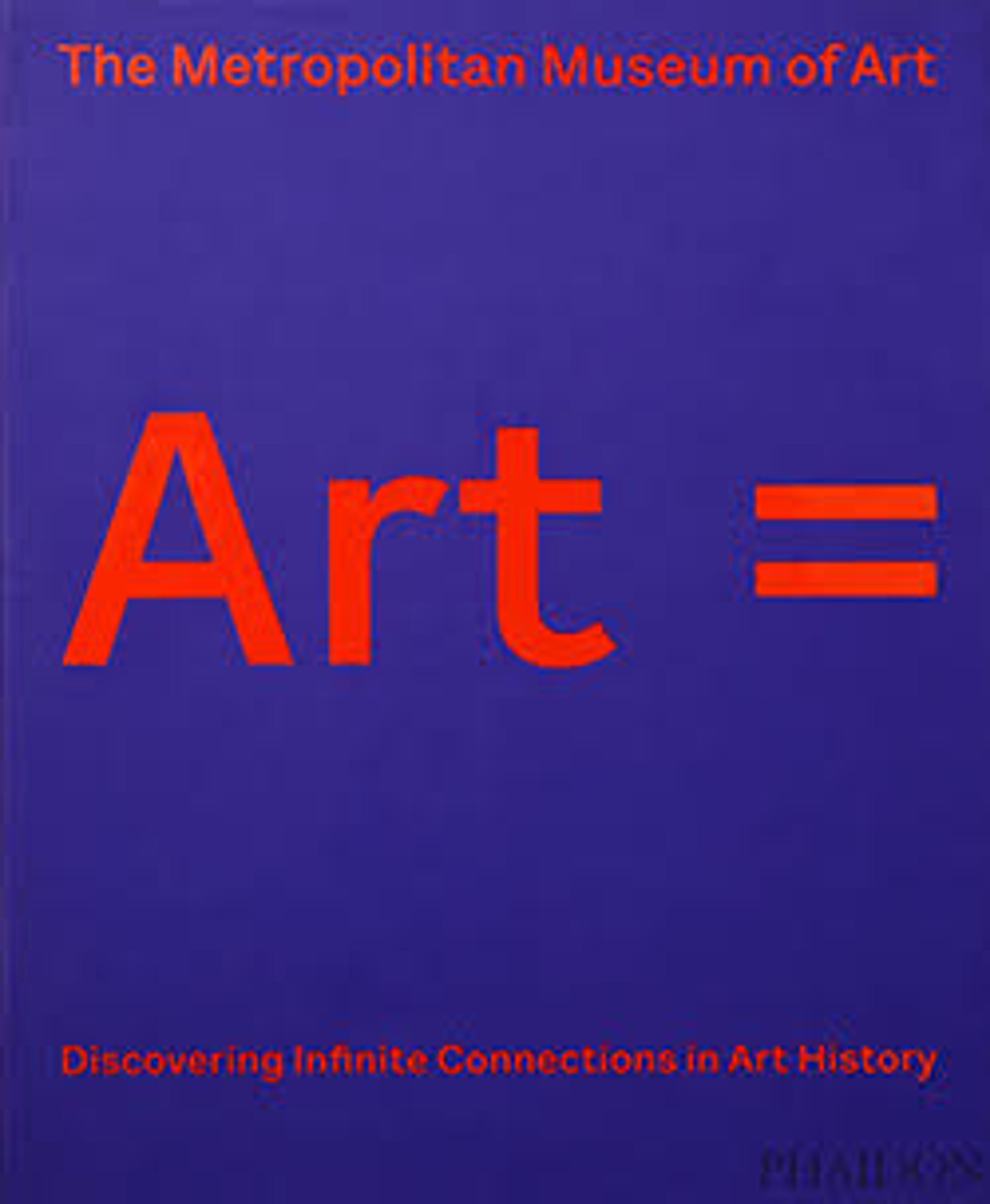Mont Sainte-Victoire and the Viaduct of the Arc River Valley
The distinctive silhouette of Mont Saint-Victoire rises above the Arc River valley near the town of Aix. To paint this scene, Cézanne stood close to Montbriand, his sister’s property, at the top of the hill just behind her house; the wall of the neighboring farmhouse is barely visible. Cézanne sought to reveal the inner geometry of nature, "to make of Impressionism something solid and durable, like the art of museums." Indeed the railroad viaduct that cuts through this pastoral scene is evocative of a Roman aqueduct, recalling paintings by Nicolas Poussin.
Artwork Details
- Title:Mont Sainte-Victoire and the Viaduct of the Arc River Valley
- Artist:Paul Cézanne (French, Aix-en-Provence 1839–1906 Aix-en-Provence)
- Date:1882–85
- Medium:Oil on canvas
- Dimensions:25 3/4 x 32 1/8 in. (65.4 x 81.6 cm)
- Classification:Paintings
- Credit Line:H. O. Havemeyer Collection, Bequest of Mrs. H. O. Havemeyer, 1929
- Object Number:29.100.64
- Curatorial Department: European Paintings
Audio
- Mont Sainte-Victoire and the Viaduct of the Arc River
Valley
0:00
0:00
We're sorry, the transcript for this audio track is not available at this time. Please email info@metmuseum.org to request a transcript for this track.
More Artwork
Research Resources
The Met provides unparalleled resources for research and welcomes an international community of students and scholars. The Met's Open Access API is where creators and researchers can connect to the The Met collection. Open Access data and public domain images are available for unrestricted commercial and noncommercial use without permission or fee.
To request images under copyright and other restrictions, please use this Image Request form.
Feedback
We continue to research and examine historical and cultural context for objects in The Met collection. If you have comments or questions about this object record, please contact us using the form below. The Museum looks forward to receiving your comments.
